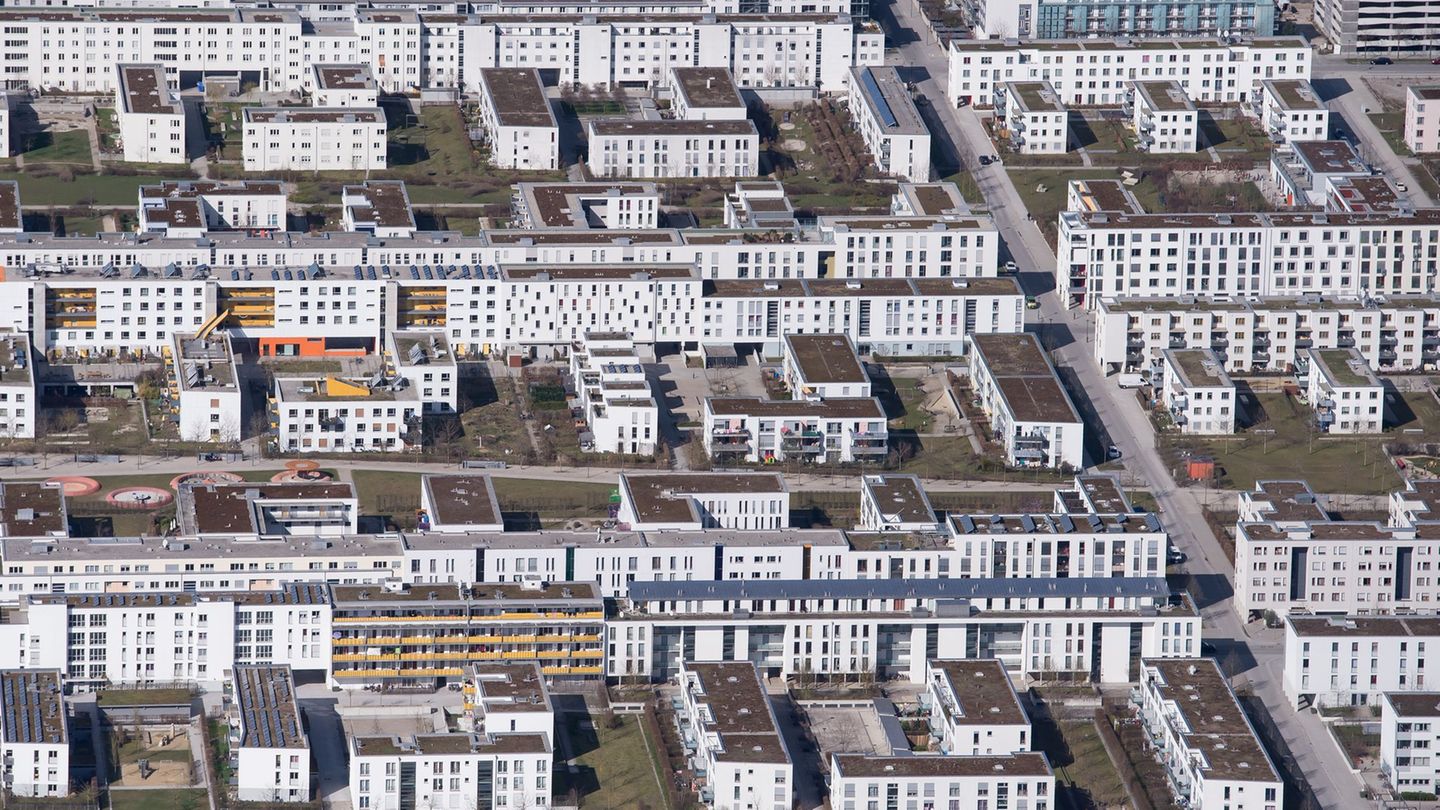The planted area of soy it could increase during the next harvest, after a difficult year for this crop and exports, according to data from Urupov’s remote sensing system, based on information from its seed supplier partners.
When analyzing the 2022/2023 soybean harvest, the total area of remotely detected farms reached more than 1.2 million hectares, the largest since 2017 and close to all-time highs. In addition, the survey of the cultivated area of wheat it grew more than 9% and added some 28,000 hectares, going from 302,000 to 330,000 hectares.
The Urupov study has 87.4% accuracy, the lowest figure in the last eight years, due to the conditions of drought that “affected the accuracy of the project due to the impossibility of registering the farms that could not be developed due to lack of water,” the authors detailed in the report.
Soybean cultivation by departments
If analyzed by geographic region, half of the area planted with soybeans was concentrated in three departments: Soriano, with 292,904 hectares, Cologne, where 155,017 hectares were cultivated and Black river, with 164,528 hectares.
Meanwhile, if the departments where the crops grew more proportionally are analyzed, the rice zone stands out, such as the cases of Thirty-three, with an expansion of 73% and reaching 46,253 hectares, along with long hill, which registered an advance of 46%, reaching 43,710 hectares.
On the other hand, the department in which the soybean area decreased the most was Saint Joseph, which had 36% less, which is equivalent to a drop of 30 thousand hectares, the largest in the last eight years.
Urupov graphic.jpg
Graphic: Courtesy Urupov
crop rotation
On the other hand, the Urupov report showed that, of the total farms planted in 2023, close to 60% were planted with soy in 2022, while the remaining 40% were new farms, that is, they did not have soy last summer, which coincides with the estimated average.
In turn, 226,500 hectares were planted on farms that were rape in winter 2022 and 42,300 hectares on farms that were rice last summer. Among the figures from the survey, it also stands out that 26% of the area identified as soy during the 2023 campaign, it was planted with soy for 4 consecutive years.
Source: Ambito




